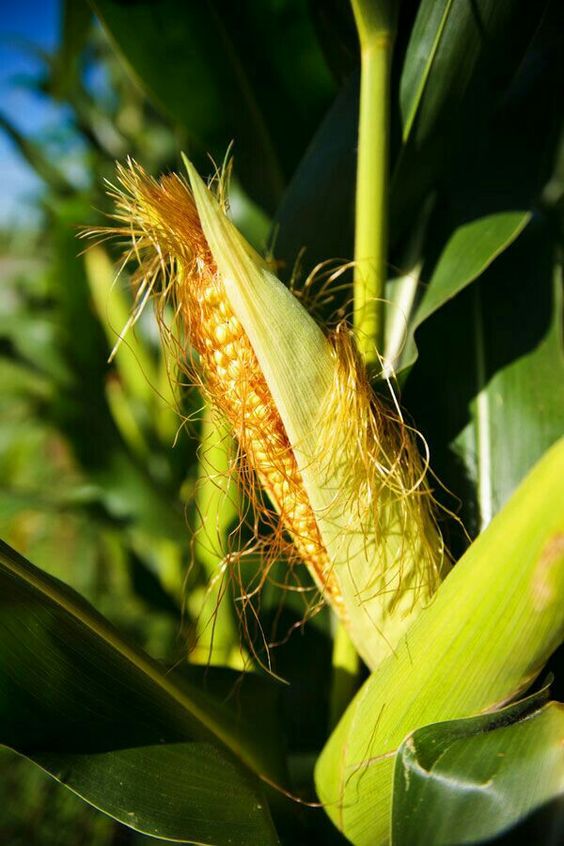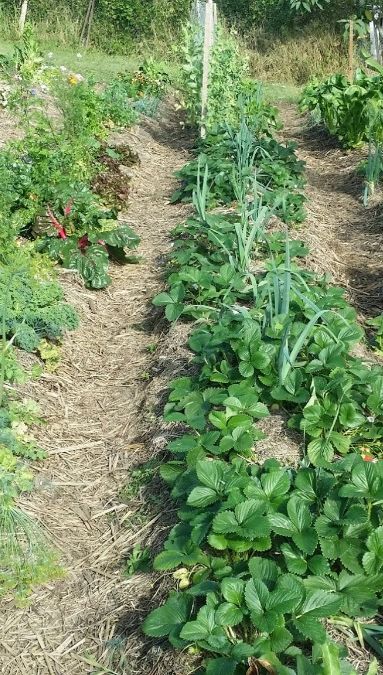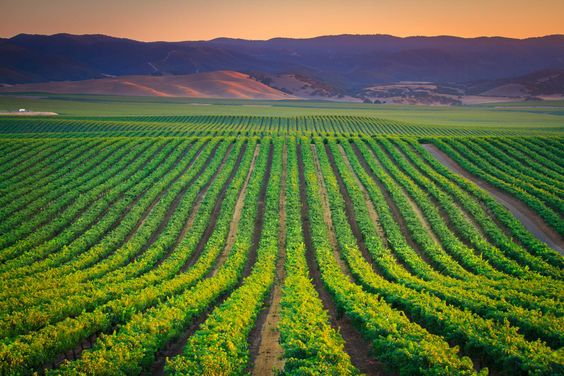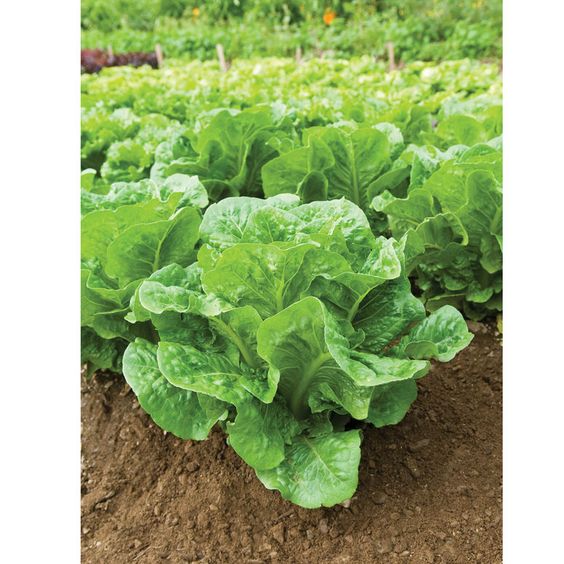Corn Quality Optimization: How Smart Agriculture Boosts Yields
Corn Quality, also known as maize, is a staple crop feeding billions globally. From human consumption to animal feed and industrial applications, corn’s versatility is undeniable. However, ensuring consistent quality corn production remains a challenge for farmers. Here’s where Smart Agriculture steps in, revolutionizing corn farming by leveraging technology for optimal quality yields.
Introduction: The Challenges of Corn Production
Corn quality is influenced by various factors, including genetics, environmental conditions, and farming practices. Traditional methods often rely on experience and intuition, leading to inconsistencies. Farmers face challenges like:
- Pest and disease control: Corn is susceptible to various pests and diseases, impacting yield and quality. Early detection and targeted interventions are crucial.
- Nutrient management: Balancing soil nutrients is essential for optimal growth. Over or under-fertilization can affect quality and profitability.
- Irrigation management: Water stress or excess water can significantly impact corn quality. Optimizing irrigation based on real-time data is key.
- Weather variability: Unpredictable weather patterns can disrupt growth cycles and impact quality. Proactive measures based on weather forecasts are necessary.
Smart Agriculture: A Data-Driven Approach
Smart Agriculture integrates technologies like sensors, robotics, and data analytics to create a data-driven approach to farming. By collecting and analyzing real-time data on various factors, farmers can make informed decisions to optimize corn quality. Here’s how Smart Agriculture addresses the challenges mentioned above:
-
Precision Pest and Disease Management: Sensors deployed in fields can continuously monitor for pests and diseases. Advanced image recognition software can analyze captured data, allowing for early detection and targeted application of pesticides or fungicides, minimizing impact on quality and reducing overall use of chemicals.
-
Data-Driven Nutrient Management: Soil sensors can measure nutrient levels, providing insights into soil health. Farmers can then use this data to create precise fertilizer application plans, ensuring optimal nutrient supply for high-quality corn production. Smart irrigation systems use weather data and soil moisture sensors to deliver water exactly when and where it’s needed, preventing water stress and overwatering, both of which can negatively impact quality.
-
Weather Smart Agriculture: Weather stations and advanced weather forecasting tools integrated with farm management systems allow farmers to anticipate weather events and take proactive measures to protect their crops. This can involve adjusting irrigation schedules, applying protective coatings, or scheduling harvesting activities to minimize weather-related quality issues.
Benefits of Smart Agriculture for Corn Quality
Implementing Smart Agriculture practices offers numerous benefits for corn quality:
- Improved Yield Consistency: By precisely managing factors influencing corn growth, Smart Agriculture helps farmers achieve consistent, high-quality yields.
- Reduced Waste: Early pest and disease detection minimizes crop losses, leading to less waste and improved overall profitability.
- Enhanced Resource Efficiency: Data-driven decision-making on irrigation and fertilization optimizes resource use, reducing costs and environmental impact.
- Traceability and Transparency: Sensors can track corn throughout the production cycle, providing valuable data for traceability and transparency in the food supply chain. This can enhance consumer confidence in the quality and safety of corn products.
Examples of Smart Agriculture Technologies for Corn Quality
Several Smart Agriculture technologies are specifically designed to optimize corn quality:
- Drone-based monitoring: Drones equipped with multispectral cameras can map fields, identify pest infestations, and assess crop health, providing valuable data for targeted interventions.
- Variable Rate Technology (VRT): VRT allows for the application of fertilizers and pesticides at precise rates based on real-time data on soil conditions and crop health. This ensures optimal use of resources and minimizes environmental impact.
- Predictive analytics: Advanced analytics platforms can analyze historical data and weather forecasts to predict potential issues like pest outbreaks or water stress. This allows farmers to take preventive measures and ensure consistent corn quality.
The Future of Smart Agriculture for Corn
Smart Agriculture is continuously evolving, with new technologies and advancements emerging rapidly. Here’s a glimpse into the future:
- Integration of Artificial Intelligence (AI): AI-powered systems will analyze vast amounts of data from various sources to provide real-time recommendations for optimizing corn production and quality.
- Advanced Robotics: Autonomous robots equipped with sensors and AI capabilities can perform tasks like weed control, targeted pesticide application, and even harvesting, further improving efficiency and reducing human error.
- Blockchain Technology: Blockchain can be used to create secure and transparent traceability systems for corn, allowing consumers to track the origin and quality of their corn products.
Conclusion: Smart Agriculture – A Path Towards Sustainable High-Quality Corn Production
Smart Agriculture offers a transformative approach to corn farming, empowering farmers to optimize corn quality while ensuring sustainability. By leveraging data-driven insights and innovative technologies, Smart Agriculture paves the way for a future where consistent high-quality corn production meets the growing global demand. As research and development in Smart Agriculture accelerate, the future of corn farming




